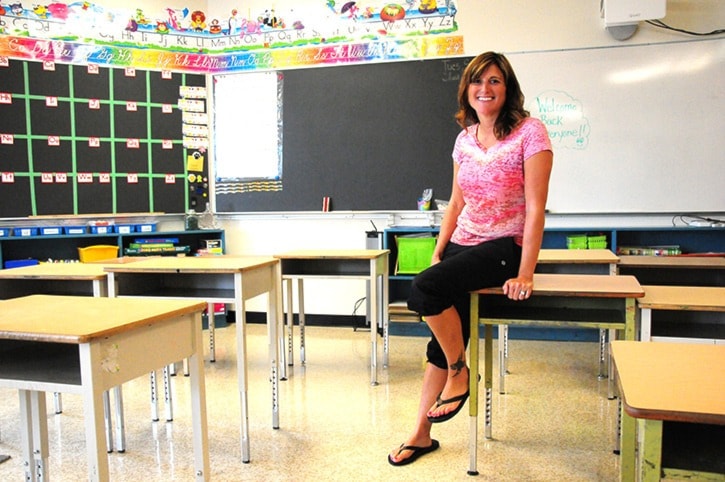It’s going to be a busy year for the Sooke School District.
More than 200 extra students are expected to flow into schools throughout the district this year, raising concerns of available space, particularly in the Sooke region.
At the beginning of the 2015-16 school year, some parents were outraged their children had nowhere to go, or that classes were being taught out of libraries.
Though it doesn’t look as worrying as last time, it could still happen, said Sooke School District education board chair Bob Phillips.
“Last year we had a huge influx of kids, more than the [Ministry of Education] thought, more than we thought, and we suspect that could happen again,” he said.
Journey middle, Edward Milne community and Saseenos elementary schools should be okay, though Phillips suspects the pressure will more than likely be on Poirier elementary, due to its French immersion program.
There are also anomalies which add to the issue, Phillips added, such as last-second registration, often on the first day of school, which could reveal an unforeseen volume of additional students.
Most elementary schools in Sooke area, such as John Muir and Sooke elementary will be close to capacity, said Sooke School District superintendent Jim Cambridge, adding that if any additional classes need to be added, they’ll likely go to Saseenos.
Poirier remains a more pressing issue, after it saw an overflow of students last year, despite the addition of two portables several years ago. Cambridge said there is the potential to add more, but that’s not always the best alternative.
“We’d prefer to move kids into other schools if there is space available, because the time and cost of a portable are fairly significant, and often times, parents prefer their kids to be inside the school,” he said.
Cambridge pointed out Sooke’s growth has been “fairly flat” for a decade until it started to grow again last year.
“We’ve had to do unfortunate things in the past where we moved a portable into a school, or had the kids in the library,” he said. “It’s not a preferred option, but if it comes up, then we’re prepared to innovate and react to whatever is happening around here.”
Population growth, while positive in any region, still raises logistical issues, particularly with sprawling new subdivisions popping up on the South Island.
“Builders can build housing a lot quicker than we can build schools,” Cambridge said.
“That’s the flip side,” said Sooke Teachers’ Association president Ian Johnson.
“We are, in relative terms, the fastest-growing district in the province, but how do we accommodate all those students when we don’t have the actual space available,” he said, adding that more affordable housing in smaller communities such as Sooke and West Shore is a major player in crammed elementary schools.
“Young families have been driven out of Saanich and Victoria, they cannot afford the houses, so if they want to get into a townhouse or detached home, the only places they’ll be able to afford is on the West Shore,” Johnson said.
